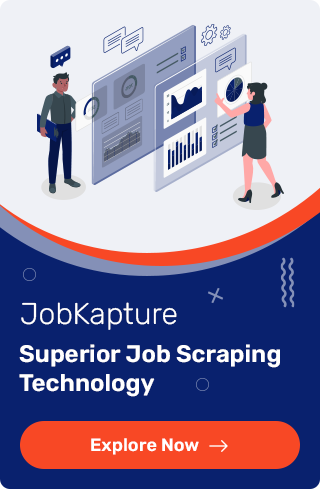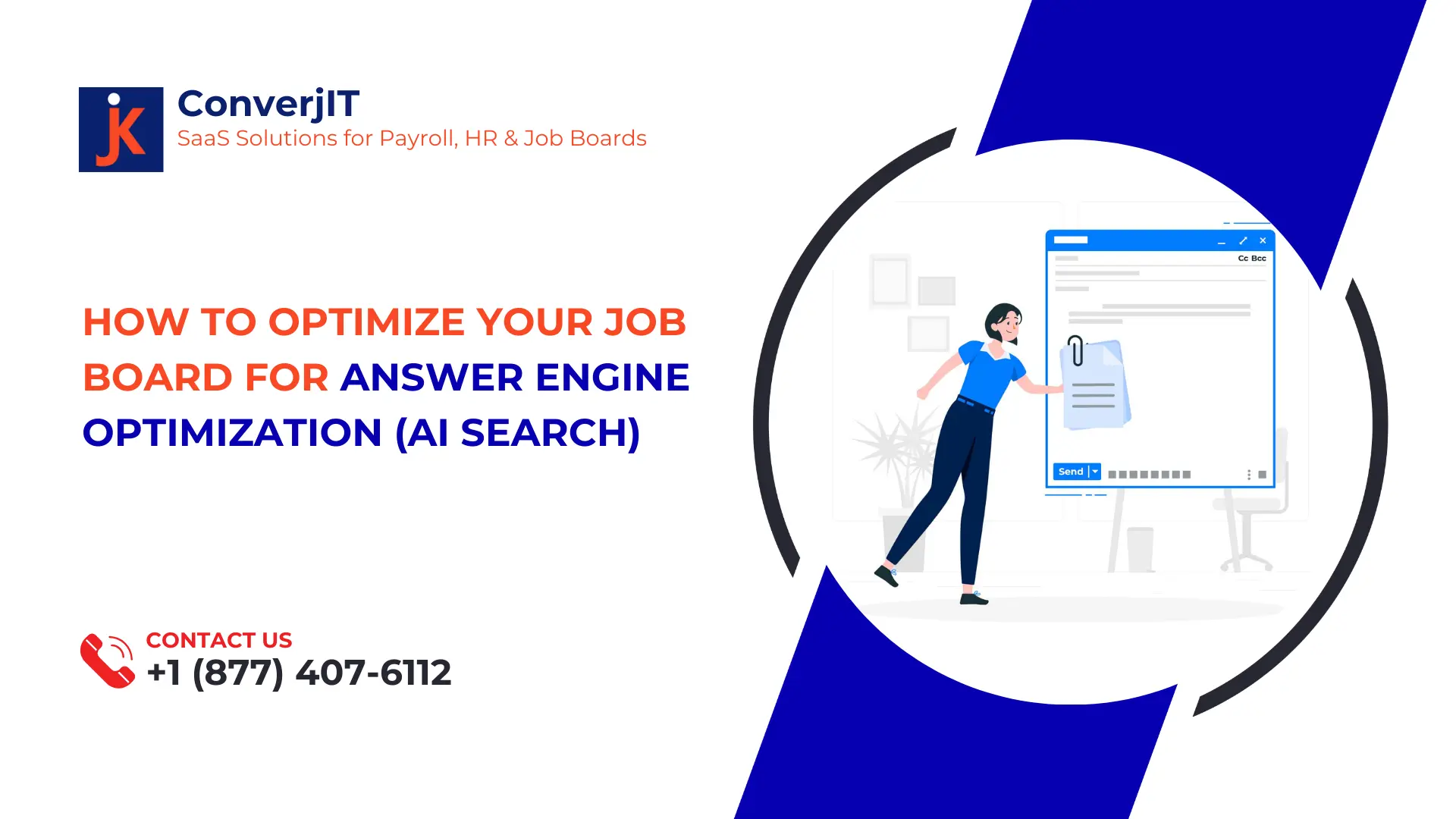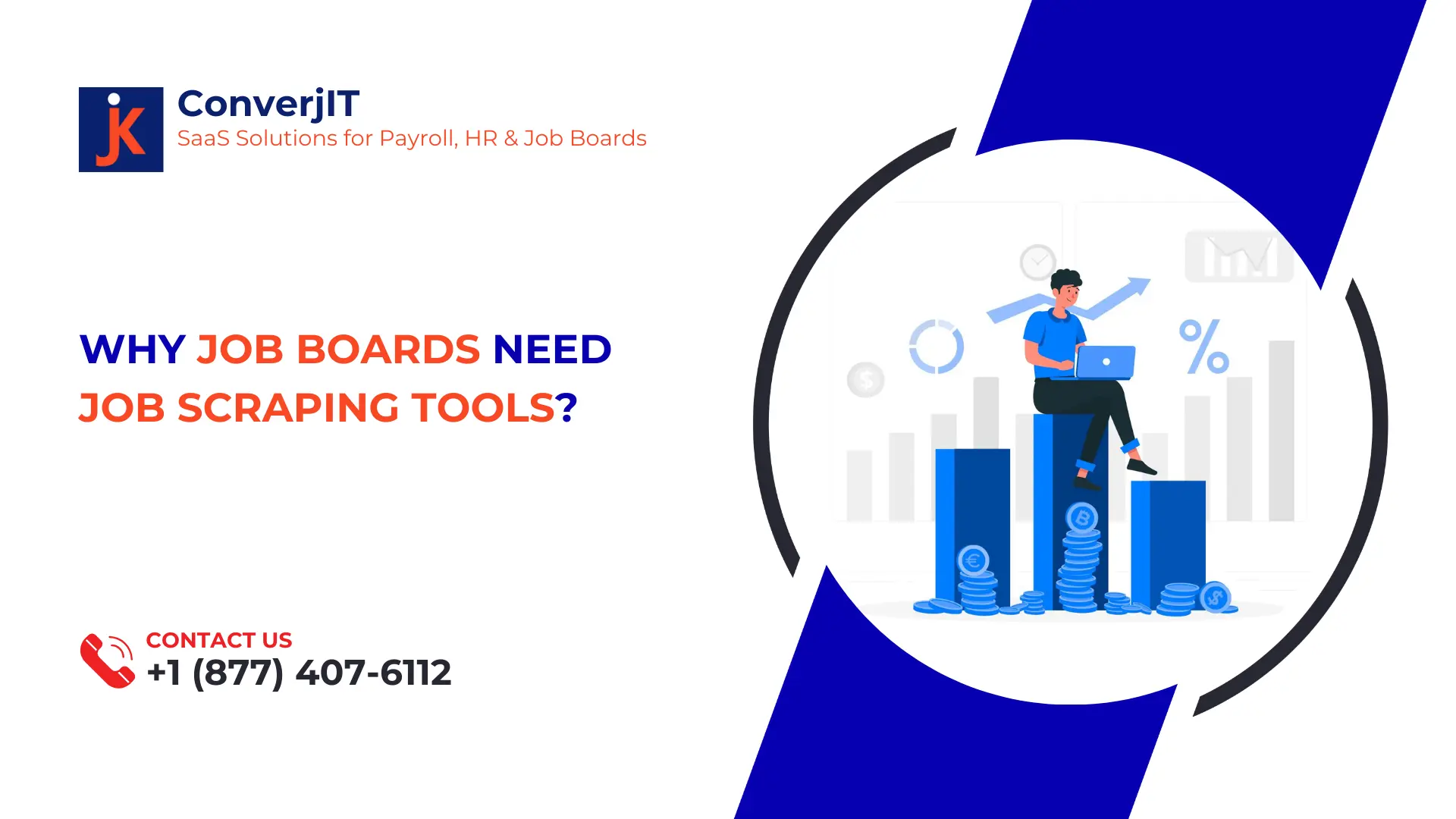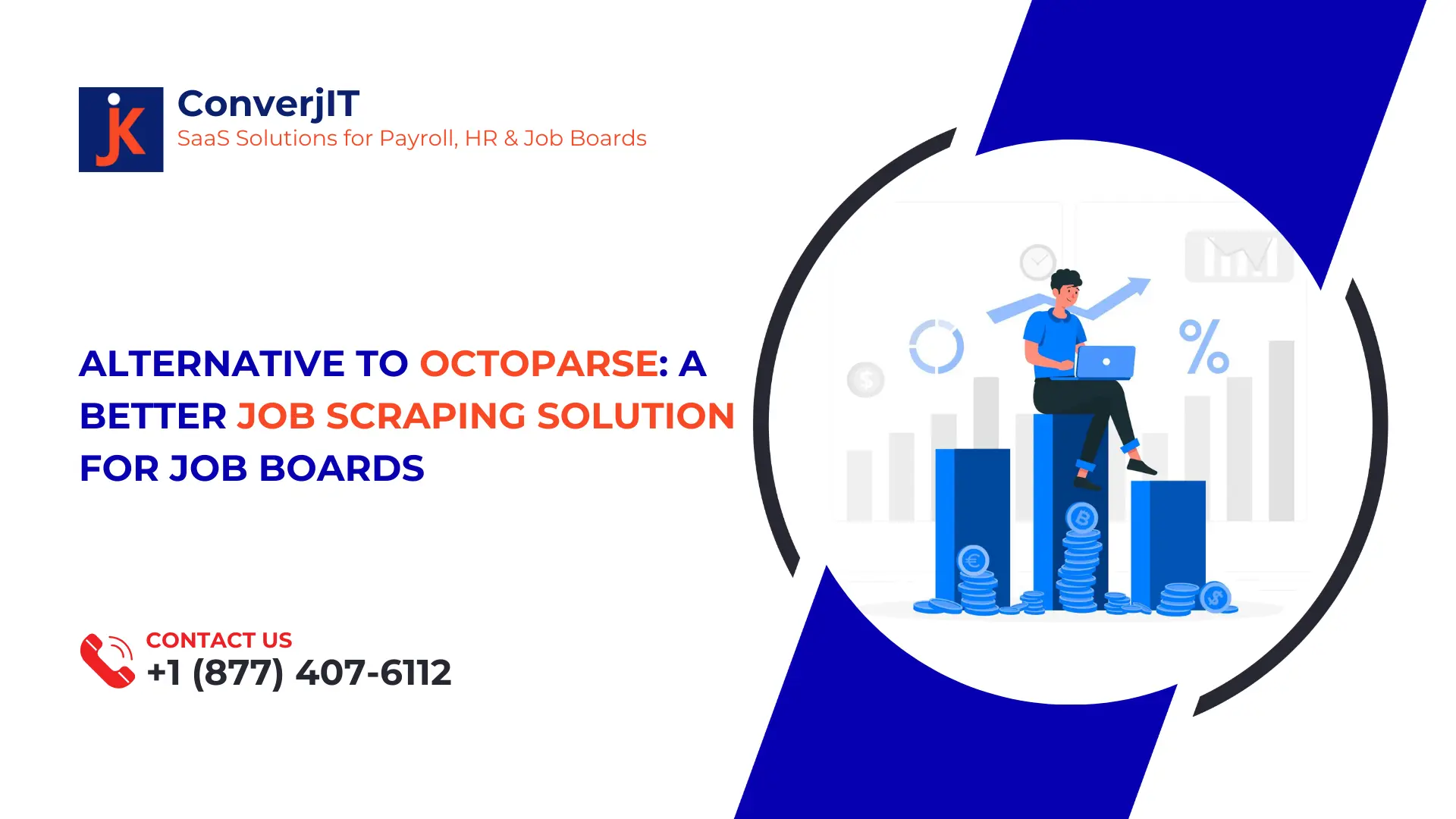Job boards have long been an integral part of the recruitment ecosystem. From their early days as digital bulletin boards to today’s AI-enhanced platforms, job boards have evolved significantly. Their goal has remained the same: connect job seekers with employers. However, the tools and strategies behind that goal have changed drastically.
Traditionally, job boards operated on a manual posting model. Employers or recruiters logged in, created an account, and input job details one by one. While this model was functional in the early internet era, it is rapidly becoming outdated in today’s fast-paced, automation-driven environment.
Thesis: Job boards that still depend solely on manual postings are steadily losing relevance and market share to modern platforms leveraging job scraping and automation technologies. This shift is being driven by the need for speed, accuracy, volume, and better user experience.
2. The Limitations of Manual Job Posting
A. Time-Consuming and Labor-Intensive
Manual job posting is inherently inefficient. Recruiters or HR teams must dedicate time to log into a job board, fill out detailed forms, and double-check formatting and categorization. For companies hiring at scale, this becomes a bottleneck.
Even worse, job updates—whether it’s removing filled positions or modifying job details—must also be done manually, often leading to delays that frustrate job seekers and harm the board’s credibility.
B. Error-Prone Processes
Human input is naturally prone to error. Typos in job descriptions, incorrect salary figures, wrong locations, and broken URLs are commonplace. These errors not only diminish user experience but also damage the trustworthiness of the job board.
Additionally, the failure to regularly update listings means many boards display expired or irrelevant postings, reducing engagement and return visits from job seekers.
C. Low Job Volume and Inconsistent Freshness
Manual processes limit the number of jobs that can be published and maintained. Job boards that rely on this approach often feature a smaller inventory, and the listings tend to be older or stale due to update lags.
In a world where job seekers expect real-time results, this inconsistency is a major drawback. Users are less likely to return to a board that feels outdated or sparsely populated.
3. Rise of Programmatic and Scraping-Based Job Aggregation
A. What Is Job Scraping?
Job scraping is the automated process of extracting job data from employer websites or applicant tracking systems (ATS). Using web crawlers, APIs, or XML feeds, platforms can harvest job listings at scale without manual input from the employer.
These tools monitor predefined sources, extract structured job data (title, description, location, etc.), and push it to job boards in near real-time.
B. Benefits of Scraping and Automation
- Real-Time Updates: As soon as a job goes live or is updated on the employer’s site, it can be reflected on the job board automatically.
- Scale Without Friction: A single scraper can collect thousands of jobs daily—something impossible through manual methods.
- Broader Coverage: Job boards can feature listings from a much wider array of companies, including those who haven’t signed up or interacted directly with the platform.
C. Integration with Programmatic Advertising
Scraped and structured job data can be fed directly into programmatic advertising systems, enabling cost-per-click (CPC) job promotion. This automated ad placement leads to:
- Better targeting of job seekers.
- Higher ROI for employers.
- Improved monetization for job boards through dynamic ad bidding.
4. How Manual-Only Job Boards Are Losing Market Share
A. Data Shows Shifting Employer Preferences
Today’s employers prioritize efficiency. They prefer job boards that can automatically ingest job listings from their career pages. This eliminates duplicate effort—post once on their own site, and it gets syndicated across job boards.
As a result, boards that can’t offer this seamless integration see declining adoption rates.
B. Lower SEO Visibility
Search engines favour job boards with high job volume, fresh content, and structured data. Manual-only boards, due to their limited and outdated listings, often underperform in search rankings.
Meanwhile, scraping-based aggregators like Indeed or Talent.com dominate SERPs (Search Engine Result Pages) with massive, frequently updated inventories.
C. User Expectations Are Changing
Job seekers now expect a Netflix-style experience—updated, personalized, and comprehensive. A board that only refreshes listings weekly (or slower) can’t meet this demand. If job seekers encounter expired or irrelevant roles, they’ll quickly abandon the site.
D. Competitive Disadvantage Against Aggregators
Major players like Indeed, ZipRecruiter, and Jooble have set a high bar with their scraping and aggregation capabilities. Niche or regional boards that rely solely on manual postings can’t match these giants in inventory size, freshness, or breadth.
Without automation, these smaller boards fall into a vicious cycle: fewer listings → fewer users → less value to employers → even fewer postings.
5. The Way Forward: Embracing Automation
A. Implementing Job Scraping Engines
Job boards must evolve by integrating scraping capabilities. They can:
- Use top job scraping tools like JobKapture for building custom scrapers.
- Leverage third-party scraping-as-a-service platforms like JobKapture & Careerleaf.
- Integrate with ATS systems via job feeds or REST APIs.
The key is to automate job ingestion while maintaining data quality.
B. Hybrid Models: Manual + Auto-Sync
Not all employers will want automated syncing. Offering a hybrid model—manual postings plus the option to auto-sync jobs from career pages—provides flexibility.
This model ensures that even small employers without a career site can participate, while larger employers benefit from automation.
C. Compliance and Best Practices
Scraping should be accurate, timely and sustainable:
- Respect robots.txt files and site terms of service.
- Prefer structured data (like schema.org) to ease parsing and avoid legal issues.
Conclusion
Manual job posting is increasingly a relic of the past. In an era where automation, real-time data, and scale are essential, job boards that fail to adapt are falling behind.
Scraping and programmatic job aggregation are no longer just “nice-to-haves”—they’re critical for survival and competitiveness in the job tech space.
The message is clear: adapt to automation, or risk becoming obsolete. The future of job boards lies in speed, scale, and smart integration—and that future is already here.





